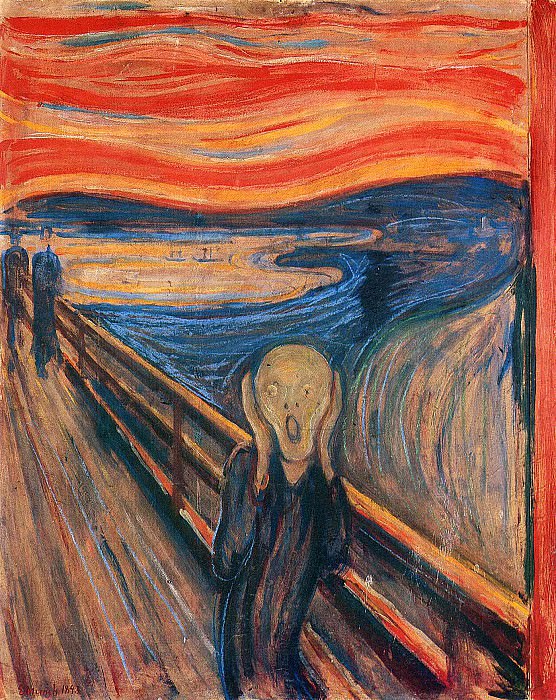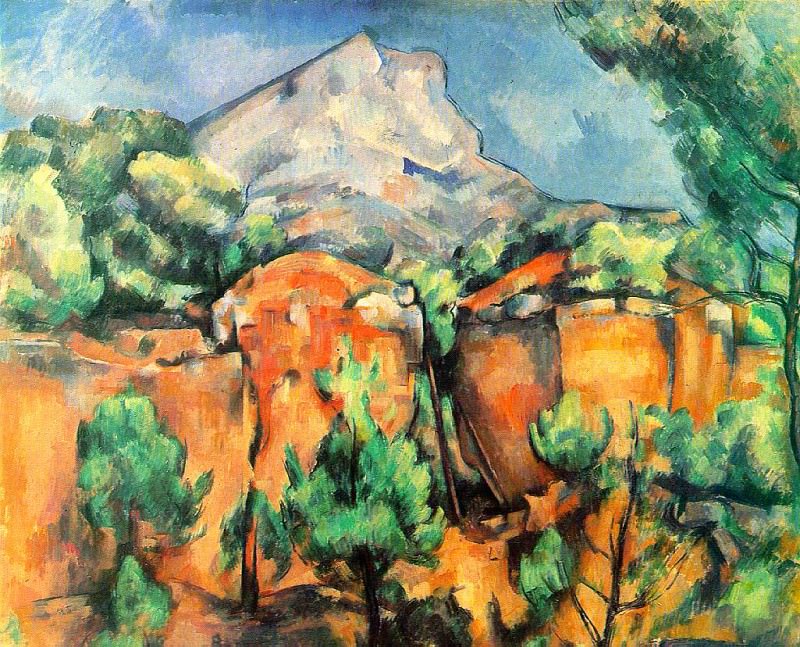The Revolutionary Art of Jacques-Louis David
Jacques-Louis David, a central figure in the development of Neoclassicism, emerged as one of the most influential artists of the late 18th and early 19th centuries. His works are celebrated not only for their technical excellence but also for their profound engagement with the political and social upheavals of his time. David's art reflects the ideals of the Enlightenment and the French Revolution, capturing the spirit of an era that sought to redefine the principles of art, politics, and society.
Early Life and Artistic Formation
Born in 1748 in Paris, Jacques-Louis David showed an early aptitude for drawing. He was orphaned at a young age, and his uncles, who were architects, took charge of his education. They recognized his talent and enrolled him in the Royal Academy of Painting and Sculpture, where he studied under Joseph-Marie Vien, a proponent of the emerging Neoclassical style. David's training at the Academy provided him with a strong foundation in classical techniques, which would become the hallmark of his mature work.
David won the prestigious Prix de Rome in 1774, which allowed him to study in Italy for five years. During his time in Rome, David was profoundly influenced by the art of classical antiquity and the works of the Renaissance masters. The grandeur and clarity of ancient Roman art, with its emphasis on heroic figures and moral narratives, left a lasting impression on David. This experience solidified his commitment to Neoclassicism, a style characterized by a return to the ideals of simplicity, symmetry, and rationality.
The Rise of Neoclassicism
Neoclassicism, as an artistic movement, arose in reaction to the excesses of the Rococo style, which had dominated European art in the early 18th century. Rococo was characterized by its ornate, playful, and often frivolous elements, reflecting the tastes of the aristocracy. In contrast, Neoclassicism sought to revive the virtues of ancient Greek and Roman art, emphasizing order, restraint, and moral seriousness.
David became a leading figure in the Neoclassical movement, and his works played a crucial role in defining its aesthetic principles. His early masterpiece, "The Oath of the Horatii" (1784), is a prime example of Neoclassical art. The painting depicts a legendary episode from Roman history, in which three brothers swear an oath to defend their city against a rival tribe. The composition is marked by its clarity, symmetry, and the stoic resolve of the figures. David's use of strong, linear forms and muted color palette underscores the moral gravity of the scene, setting a new standard for history painting.
The French Revolution and Political Engagement
As the French Revolution unfolded in the late 1780s, David became increasingly involved in the political events of his time. He aligned himself with the radical Jacobins and became an active participant in the revolutionary government. David's art during this period reflects his deep commitment to the revolutionary cause and his belief in the transformative power of art.
One of David's most iconic works from this period is "The Death of Marat" (1793). The painting portrays the assassination of Jean-Paul Marat, a revolutionary leader and close friend of David. Marat is depicted in a bathtub, his lifeless body slumped over as he clutches a letter. The stark composition and somber tone of the painting convey the tragedy of Marat's death, while also elevating him to the status of a martyr for the revolution. The image of Marat became a powerful symbol of the revolutionary struggle, and David's painting was widely reproduced and disseminated.
David's role as a revolutionary artist extended beyond his paintings. He was appointed as the official painter of the revolution and was responsible for organizing public festivals and designing revolutionary iconography. David's artistic vision helped shape the visual language of the revolution, from the design of the national emblem to the staging of public ceremonies. His work during this period exemplifies the idea that art could serve as a tool for political propaganda and social change.
The Napoleonic Era and the Transition to Empire
Following the fall of the Jacobins and the rise of Napoleon Bonaparte, David adapted his art to the changing political landscape. He became the official court painter to Napoleon, and his works from this period reflect the grandeur and ambition of the Napoleonic regime. David's portraits of Napoleon, such as "Napoleon Crossing the Alps" (1801), are among the most famous images of the emperor and played a significant role in shaping his public image.
In "Napoleon Crossing the Alps," David portrays the emperor as a heroic and determined leader, guiding his troops across the treacherous mountain pass. The painting is characterized by its dynamic composition and dramatic use of color, which convey the energy and resolve of Napoleon's leadership. David's depiction of Napoleon is imbued with a sense of mythic grandeur, elevating the figure of the emperor to that of a classical hero.
David's later works also include large-scale history paintings that commemorate key events of the Napoleonic era. "The Coronation of Napoleon" (1807) is a monumental work that captures the splendor of Napoleon's coronation ceremony at Notre-Dame Cathedral in Paris. The painting is notable for its meticulous attention to detail and its complex composition, which includes over a hundred figures. David's ability to organize such a vast scene with clarity and precision is a testament to his mastery of the Neoclassical style.
Exile and Legacy
After the fall of Napoleon in 1815, David was exiled to Brussels, where he spent the remainder of his life. Despite his political downfall, David continued to paint and remained a respected figure in the art world. His later works, such as "Mars Disarmed by Venus and the Three Graces" (1824), demonstrate a shift towards a more romanticized style, reflecting the changing artistic trends of the time. However, David's commitment to the ideals of Neoclassicism remained evident in his continued emphasis on clarity, order, and moral narrative.
David's influence on the art of his time cannot be overstated. He trained a generation of artists who would carry forward the principles of Neoclassicism, including Jean-Auguste-Dominique Ingres and Antoine-Jean Gros. His emphasis on the importance of history painting as a moral and educational tool set the standard for academic art in the 19th century.
David's legacy also extends to his role as a political artist. His work during the French Revolution and the Napoleonic era demonstrates the power of art to shape public opinion and influence political events. David's ability to capture the spirit of his time and to use his art as a means of political expression remains a defining aspect of his career.
Conclusion
Jacques-Louis David's art stands as a testament to the enduring power of classical ideals and the ability of art to engage with the most pressing issues of its time. Through his mastery of the Neoclassical style, David not only created works of great beauty and technical skill but also used his art to communicate powerful messages about morality, politics, and society. His legacy continues to be felt in the world of art, where his influence can be seen in the continued appreciation for the principles of clarity, order, and narrative that he championed. David's art remains a vital part of the story of Western art, offering a window into the turbulent and transformative period of history in which he lived.




